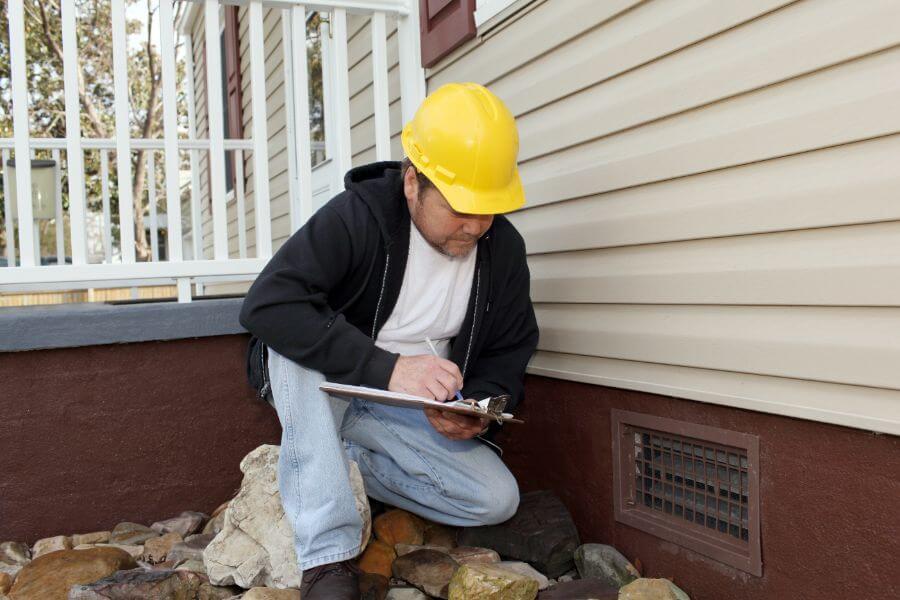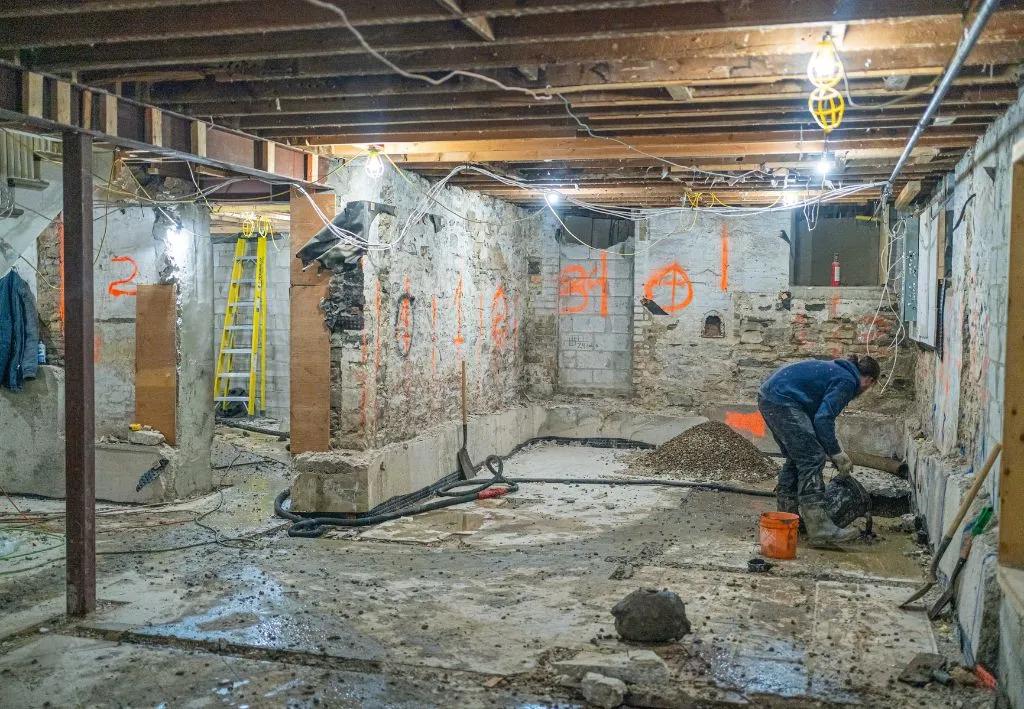If you’re planning to lower your basement or add extra living space through underpinning in Toronto, you’ll need a building permit before you begin. Getting that permit might feel overwhelming at first, but if you know what’s required and prepare everything ahead of time, the process is much smoother.
This guide breaks down exactly what you’ll need from drawings to fees so you can apply for your basement underpinning permit with confidence.
Why You Need a Permit for Underpinning in Toronto
Basement Underpinning isn’t just another renovation. It changes the foundation of your home, which directly impacts its safety and stability. That’s why the City of Toronto requires a permit for all basement lowering projects. The permit ensures:
- Work meets Ontario Building Code standards
- Structural safety is verified by a licensed professional
- City inspectors can review and approve each stage of the project
- You’re legally protected if you ever sell your home
Without a permit, you risk stop-work orders, fines, and serious issues when selling your property.
What You Need Before Applying
Before you submit your permit application, make sure you have all the required documents ready. Missing or incomplete information is one of the biggest reasons applications get delayed.
Here’s what you’ll typically need:
-
Completed Application Form – The City of Toronto has a standardized form for building permit applications.
-
Survey of Your Property – A recent survey prepared by a licensed Ontario Land Surveyor.
-
Architectural Drawings – Detailed plans of the proposed basement lowering, including foundation changes, prepared by a qualified designer, architect, or engineer.
-
Structural Drawings – Stamped by a licensed Professional Engineer in Ontario, showing underpinning details, reinforcement, and load-bearing walls.
-
Permit Fees – Fees vary by project size. For underpinning, fees are usually calculated per square meter of work area.
-
Commitment to General Review Form – A signed agreement that a professional engineer or architect will oversee the project during construction.
Tip: Double-check that all drawings are clear, scaled, and labeled. The city rejects a lot of applications simply because the drawings don’t include enough detail.
How to Apply for an Underpinning Permit in Toronto
You can submit your application in one of three ways:
- Online: Through the City of Toronto’s ePermits portal. This is usually the fastest method.
- In-Person: At the Toronto Building District Office that covers your area.
- By Mail: Though slower, it’s still an option if you prefer paper-based submissions.
Most homeowners now choose the online system since you can upload drawings, pay fees and track progress all in one place.
What Happens After You Apply
Once your application is submitted:
- Initial Screening – The city checks if your application is complete. If anything is missing, they’ll contact you.
- Zoning Review – They confirm that your plans meet zoning by-laws (for example, maximum height, setbacks, or basement entrance rules).
- Building Code Review – Engineers and building officials review your drawings for compliance with the Ontario Building Code.
- Permit Issued – If everything is approved, you’ll receive your permit and can legally start construction.
Inspections During Construction
Getting the permit is only step one. Once work starts, you must schedule inspections at different stages:
- After the first section of underpinning is complete
- Before concrete is poured
- After waterproofing is installed
- Final inspection once all work is complete
Failing to call for inspections can result in stop-work orders or even having to redo certain parts of the project.

Who Can Help With the Application
While technically you can apply yourself, most homeowners work with:
- Structural Engineers – To prepare and stamp drawings
- Architects/Designers – To create compliant plans
- Underpinning Contractors – Who understand both the construction and the permit requirements
Working with experienced professionals can save weeks (sometimes months) in the approval process.
How Long Does It Take to Get a Permit?
Timelines can vary depending on the complexity of your project and the city’s workload. On average:
- Complete applications – 2 to 4 weeks
- Applications needing revisions – 6 to 8 weeks or more
Submitting a thorough, accurate application from the start is the best way to avoid delays.
Final Checklist Before You Apply
Here’s a quick list you can use to prepare:
- Completed permit application form
- Recent property survey
- Detailed architectural and structural drawings
- Engineer’s stamp on all structural plans
- Commitment to General Review form signed
- Permit fees calculated and ready
Common Mistakes That Delay Permits
Homeowners often run into avoidable issues during the permit process. Watch out for these:
- Submitting drawings without an engineer’s stamp
- Forgetting the survey or using an outdated one
- Not including the “Commitment to General Review” form
- Underestimating fees or not paying them in full
- Ignoring zoning by-laws before applying
The best way to avoid delays is to hire professionals who have experience with underpinning projects in Toronto.
Must-Fill Forms
These aren’t just bureaucratic hurdles- they’re safety nets.
- Application to Construct or Demolish: Your official start button.
- Schedule 1: Designer Information Form: Required unless an Engineer or Architect is handling the design.
- Assumption of Engineering Responsibility: If a Professional Engineer signs your drawings, they must affirm that responsibility.
- Commitment to General Reviews: Needed when foundation work is near neighbors or deep, unstable soil zones.
- Tree Protection Form: If your project might affect trees, you must comply with local protection bylaws.
- Rental Renovation License Screening Form: If applicable, ensure your project aligns with bylaw code Ch. 662.
Permit Fees & Privacy
- The permit fee for underpinning is $11.89 per linear metre, effective as of Jan. 1, 2025.
- Don’t include personal contact info on your plans-they’re subject to public disclosure
Why This Process Matters and How We Help
Getting a basement underpinning permit in Toronto may seem technical, but it’s designed for your peace of mind- your home’s safety, your neighbourhood’s stability, and your wallet, long-term.
At IcyReno, we’ve helped dozens of homeowners navigate these exact steps. From engineer-sealed design drawings to lease-safe final inspections, we handle every detail. That way, you’re informed and protected—and your renovation stays on track.
Underpinning may be structural work, but it doesn’t have to be overwhelming. When done right with the permits, the precision and the people-first planning- you’re not just renovating, you’re investing in a safe, smart, and lasting foundation.
If you’d like help walking through these requirements or want us to manage the permit package for you, call us today. We’d love to support your project from blueprint to dry basement.




